Growing Milkweed for Monarch Butterflies: A Step-by-Step Guide

Milkweed is an essential plant for monarch butterflies, as it is the only food source for monarch caterpillars. Here is a step-by-step guide to keeping milkweed for monarch butterflies:
-
Choose the right milkweed species: There are many different types of milkweed, so it's important to choose a species that is native to your area. Some popular species include common milkweed (Asclepias syriaca), swamp milkweed (Asclepias incarnata), and butterfly weed (Asclepias tuberosa).
-
Obtain milkweed plants: You can obtain milkweed plants from a local nursery, or you can collect seedpods from wild milkweed plants and grow them yourself.
-
Choose a suitable location: Milkweed prefers full sun and well-drained soil. Choose a location in your garden or on your balcony that receives at least six hours of direct sunlight a day.
-
Plant the milkweed: Plant the milkweed in the ground or in a container, making sure to space the plants at least 18 inches apart.
-
Water the milkweed: Water the milkweed regularly, making sure to keep the soil moist but not waterlogged.
-
Fertilize the milkweed: Milkweed prefers a slightly acidic soil, so you may need to fertilize it with a fertilizer formulated for acid-loving plants.
-
Keep an eye out for pests: Milkweed can be susceptible to pests like aphids and spider mites. Keep an eye out for these pests and treat them as soon as you notice them.
-
Monitor the growth: Keep an eye on the growth of your milkweed plants, and remove any dead or yellowing leaves to promote healthy growth.
-
Harvest the seed pods: Once the milkweed plants have finished blooming, you can harvest the seed pods and plant them in other areas of your garden or share with other gardeners who want to plant milkweed in their gardens
-
Enjoy the monarchs: Once your milkweed is established, sit back and enjoy the sight of monarch caterpillars munching on the leaves and adult butterflies nectaring on the flowers.
By following these steps, you can create a valuable habitat for monarchs and help support their population. Remember, milkweed is not only important for monarchs, it also provides habitat and food for other pollinators and beneficial insects, so it's a win-win situation for the insects and the ecosystem as a whole.




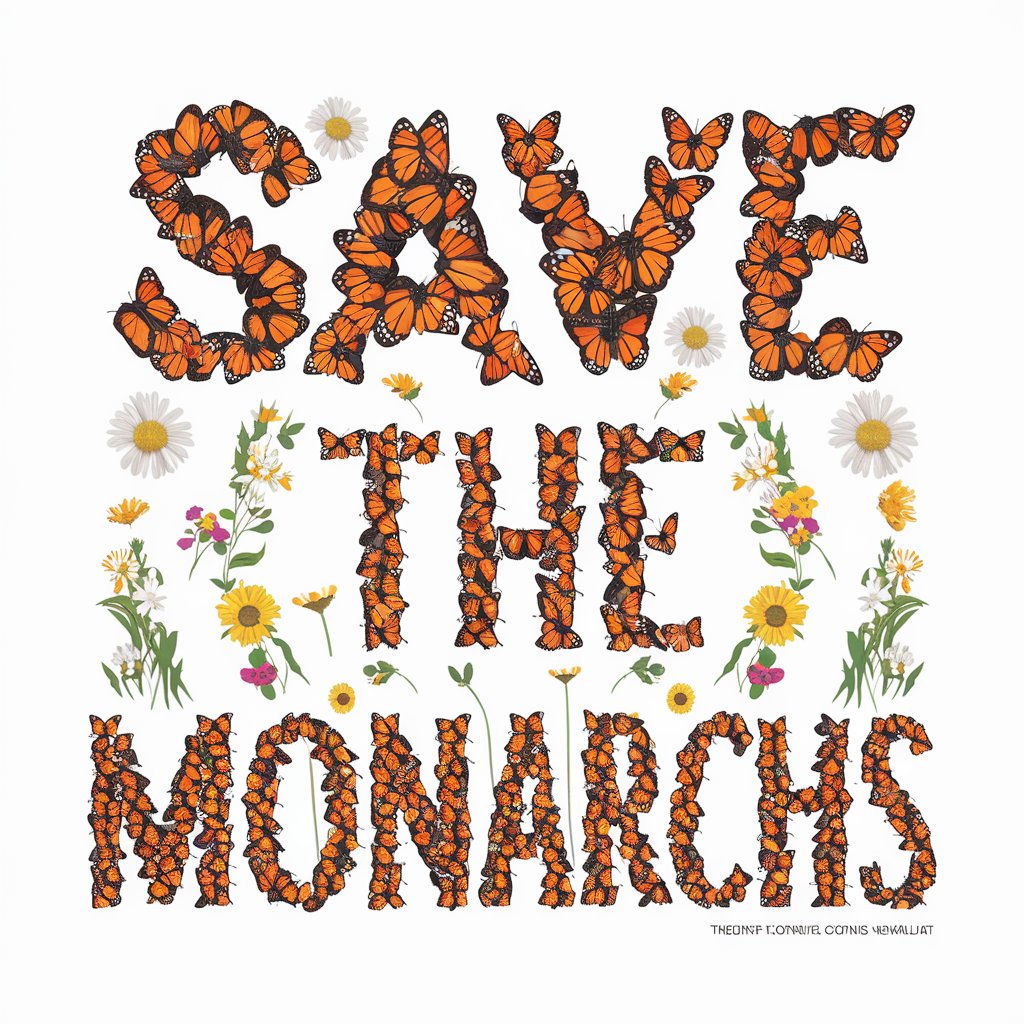
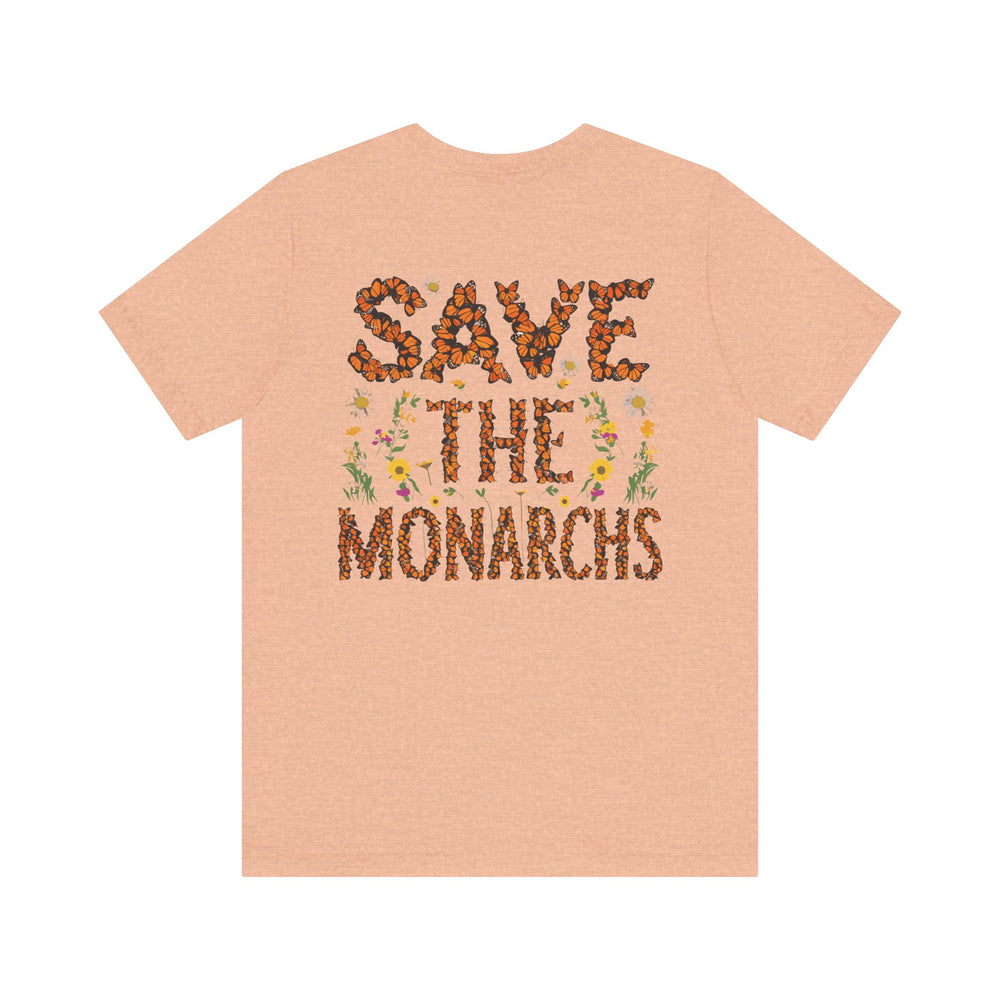

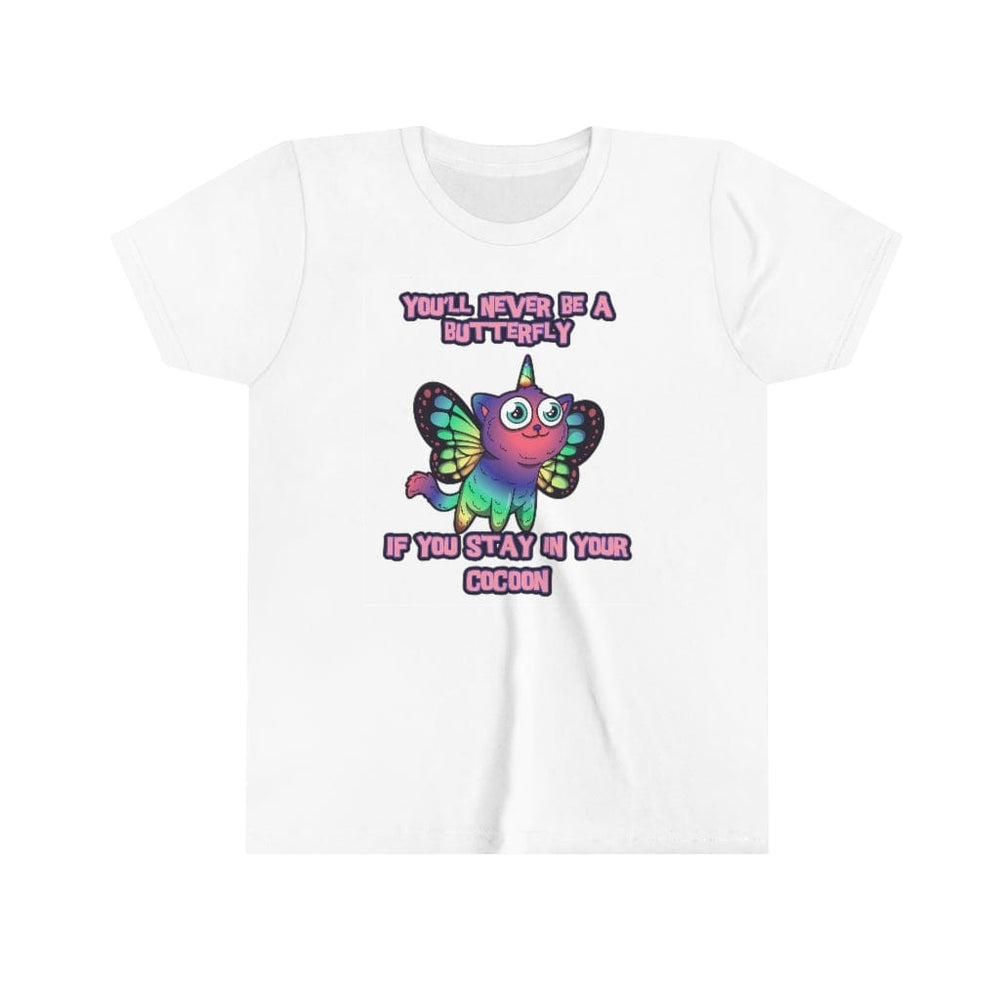
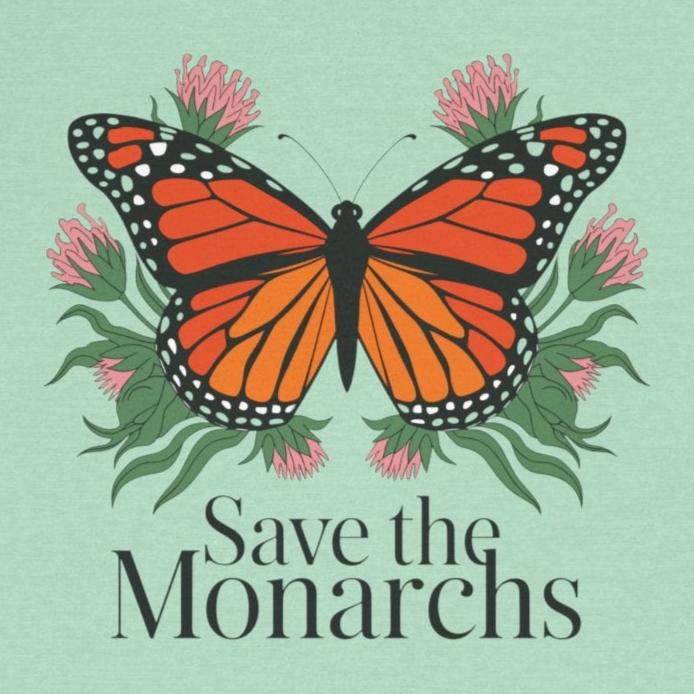
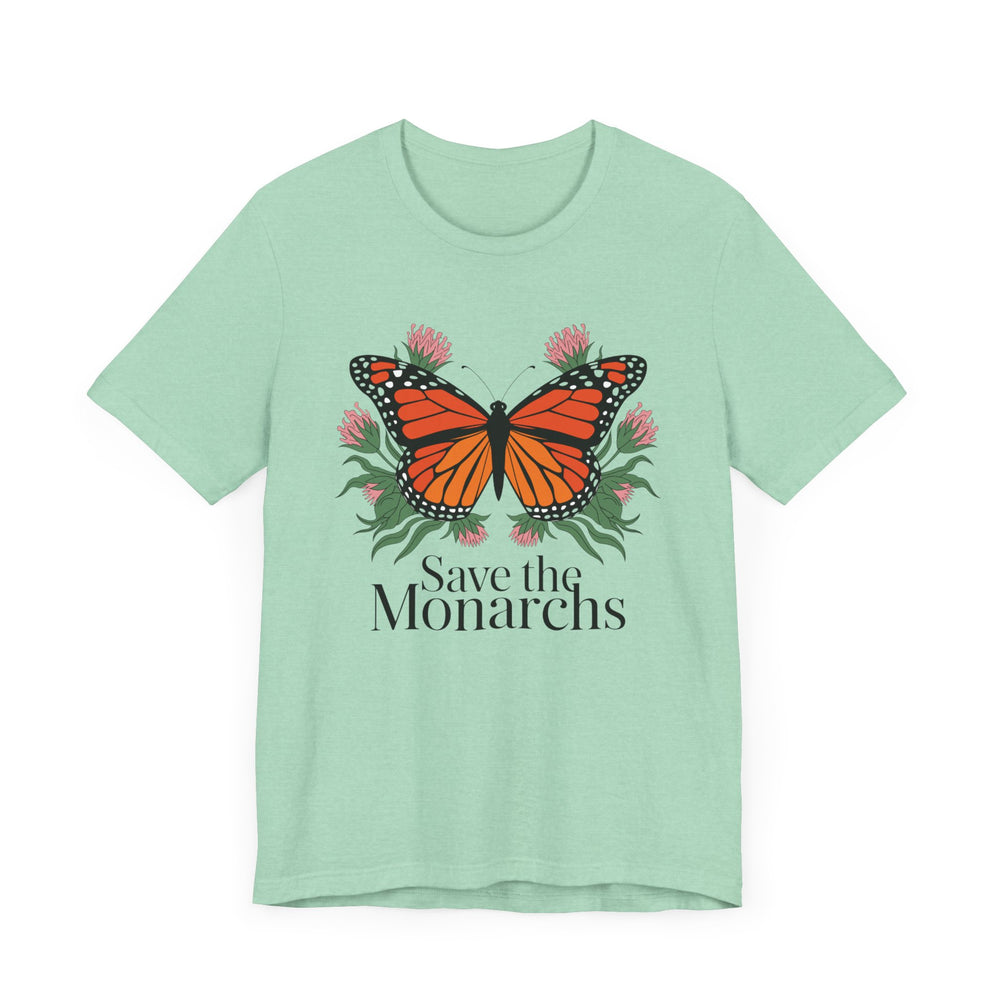
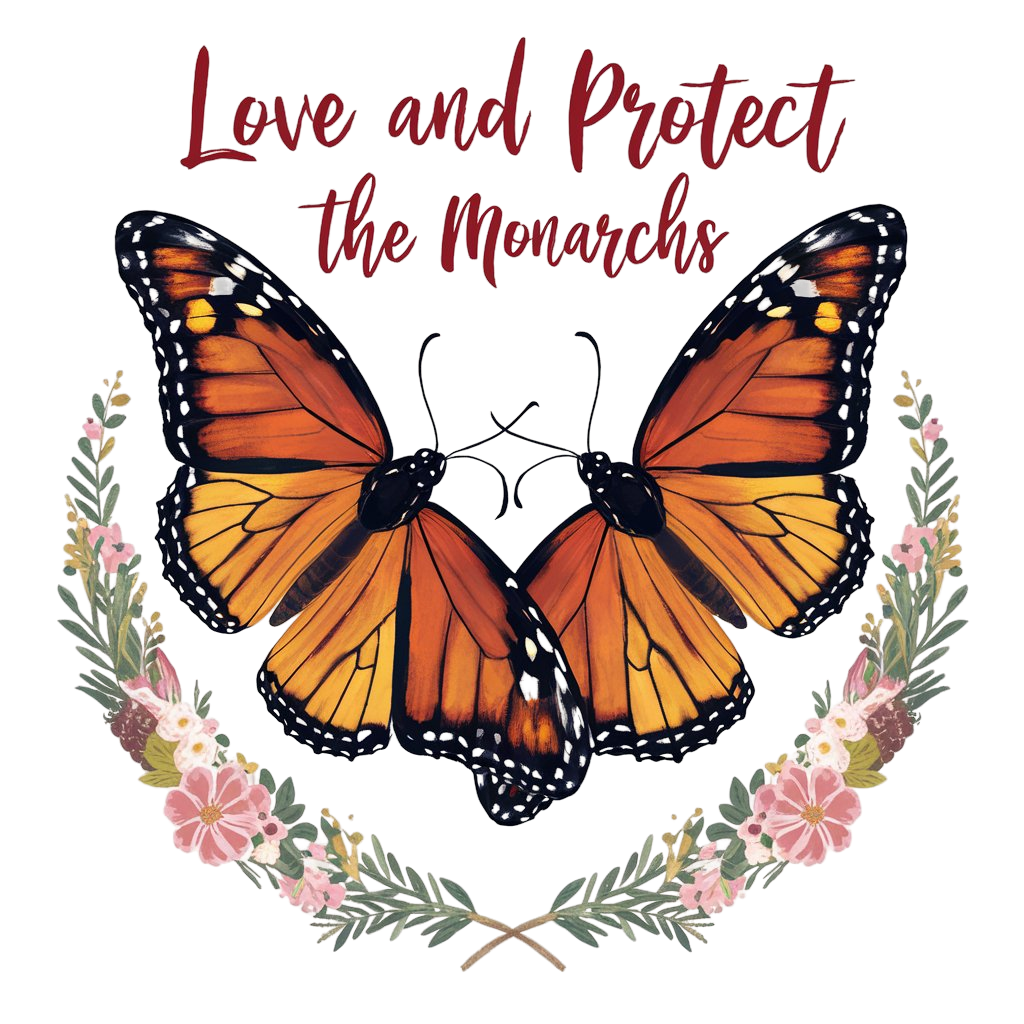
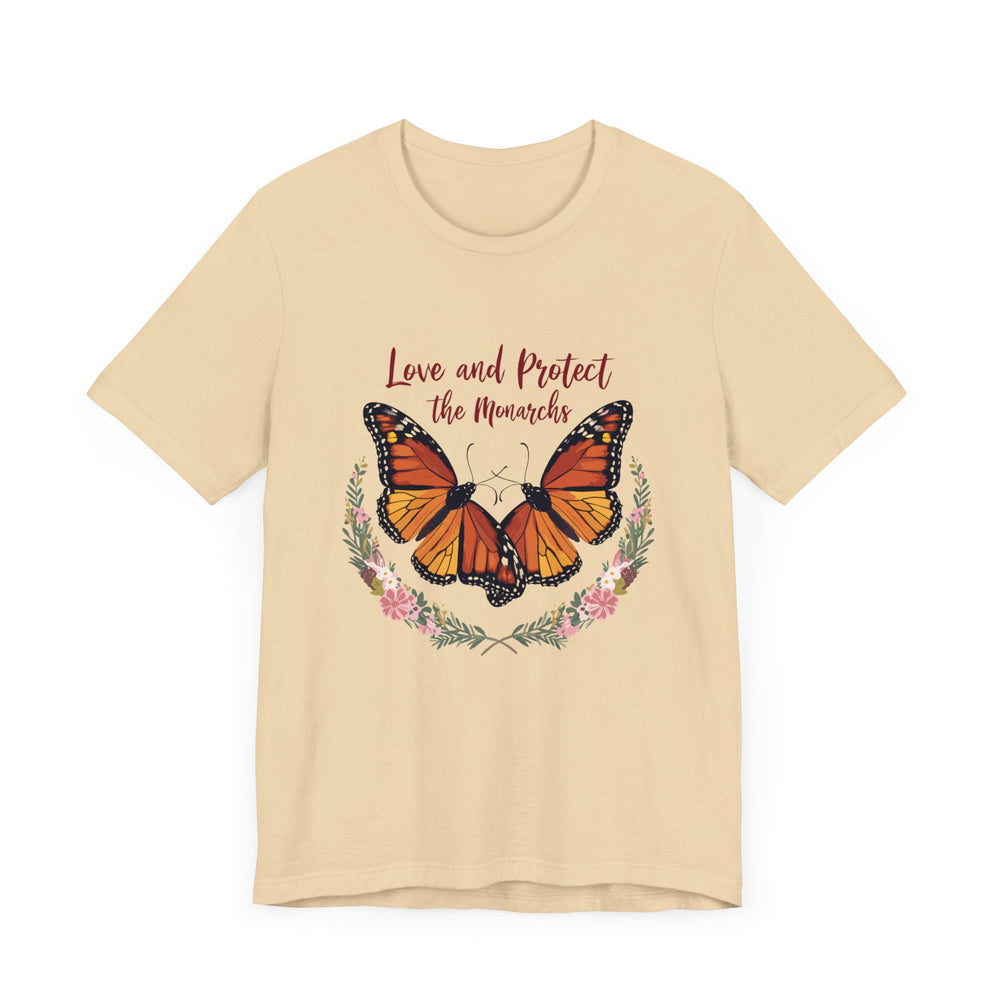
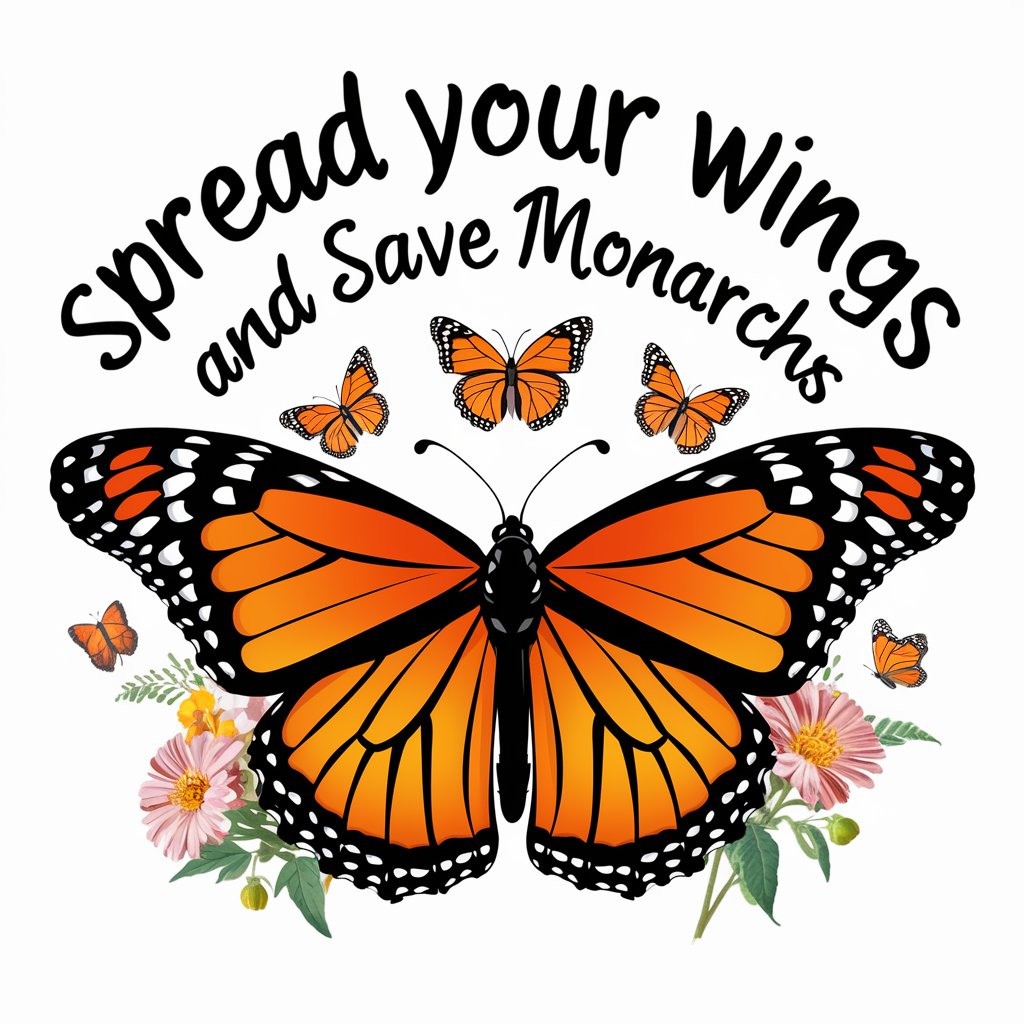
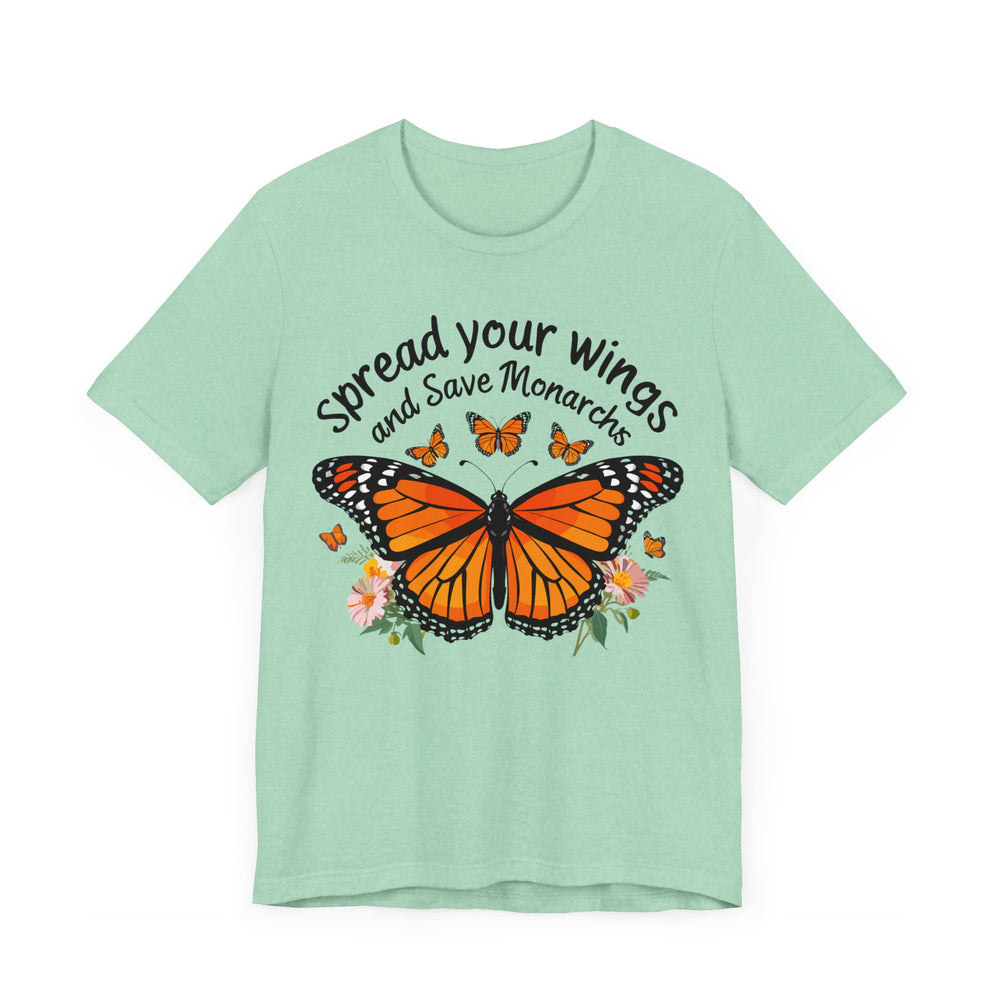
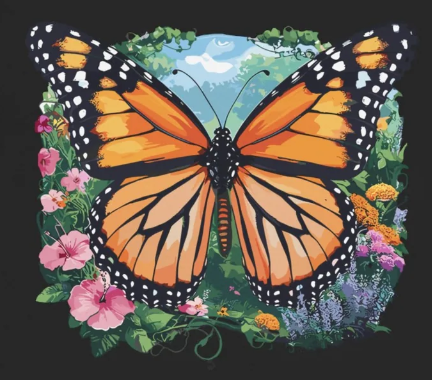
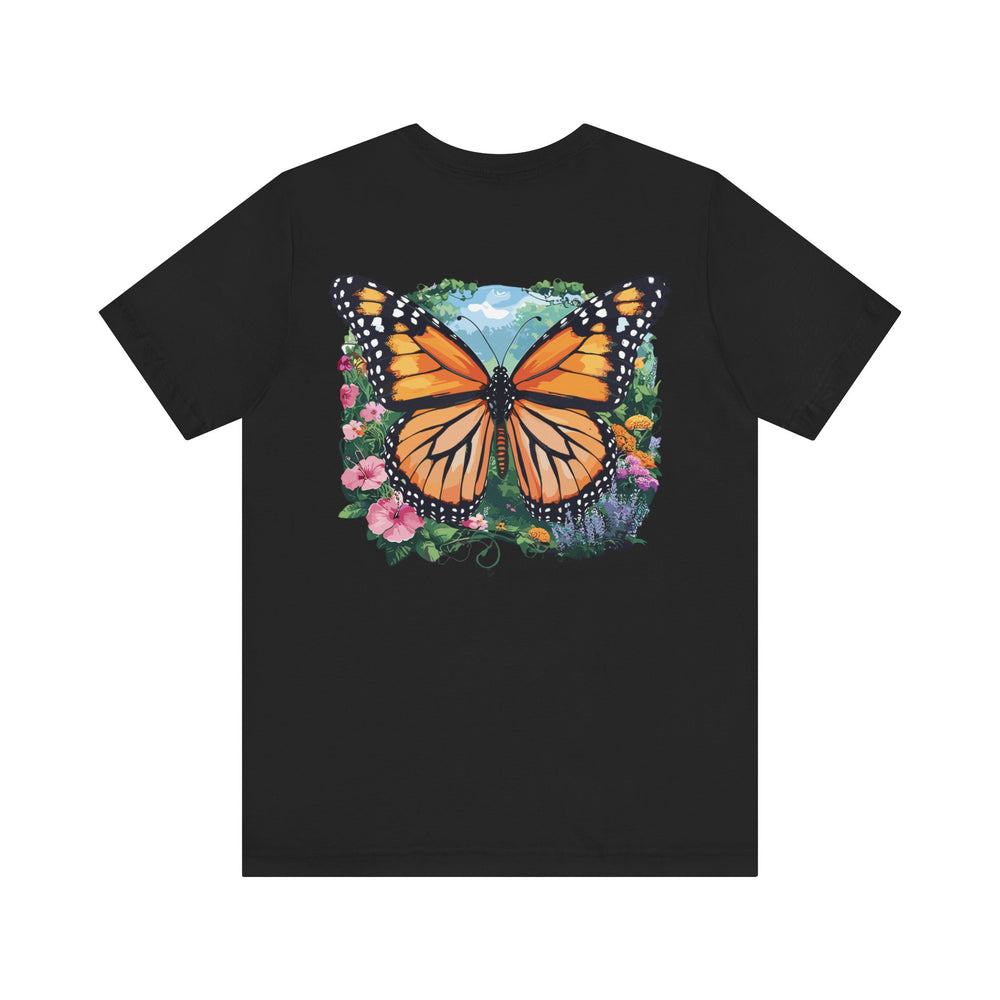




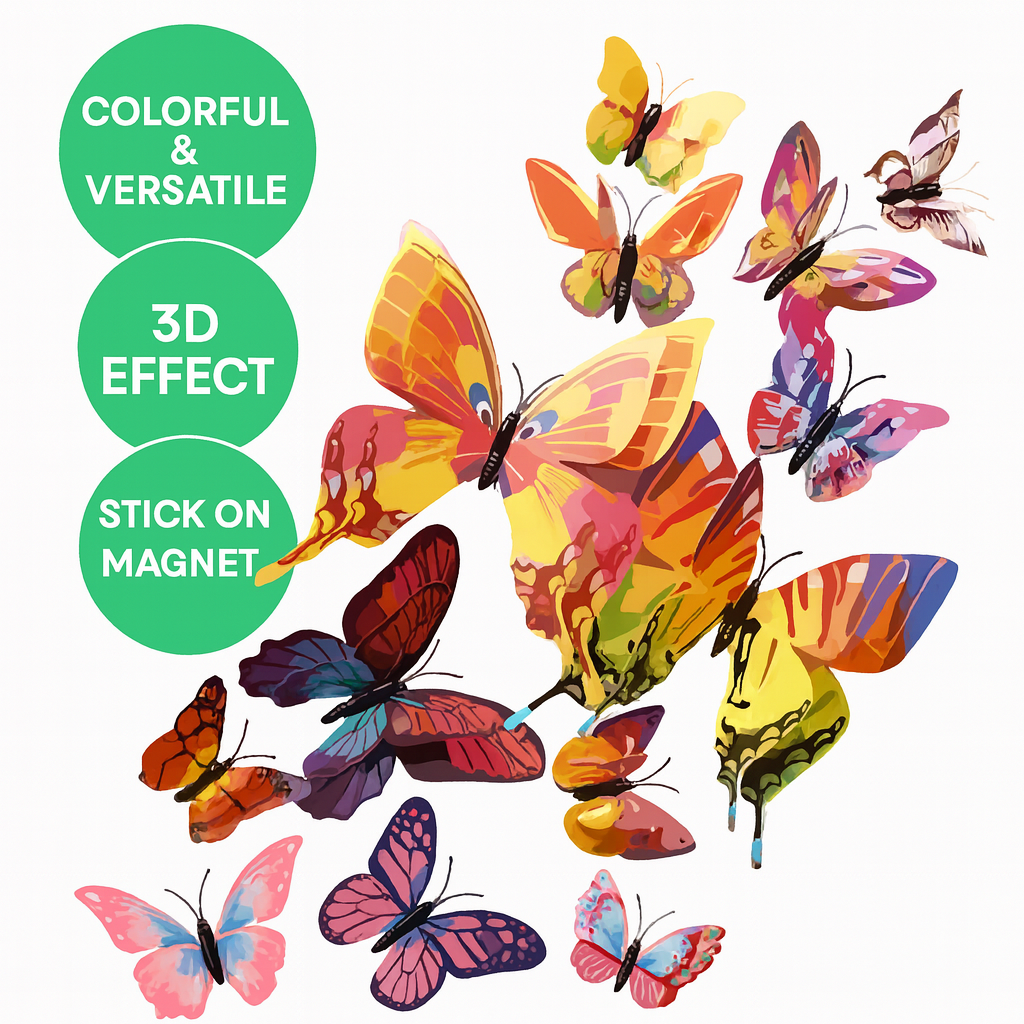

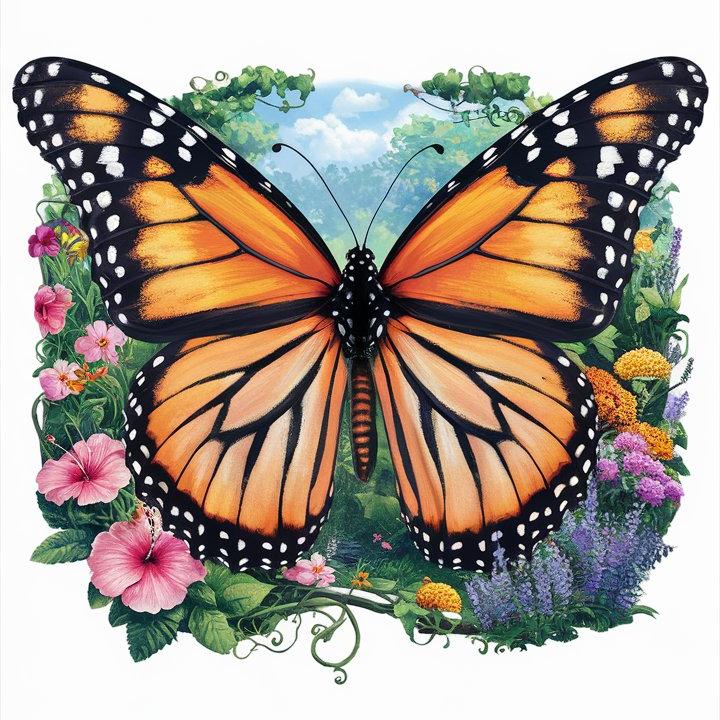
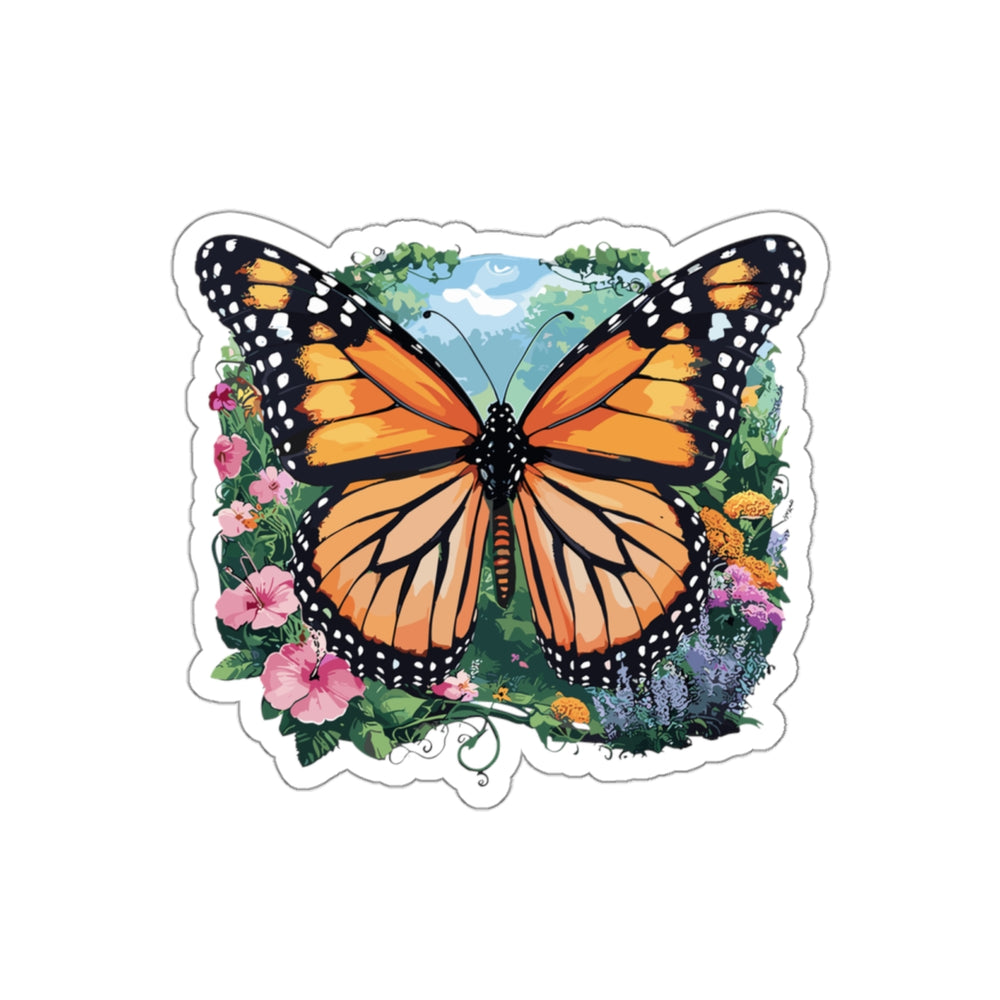
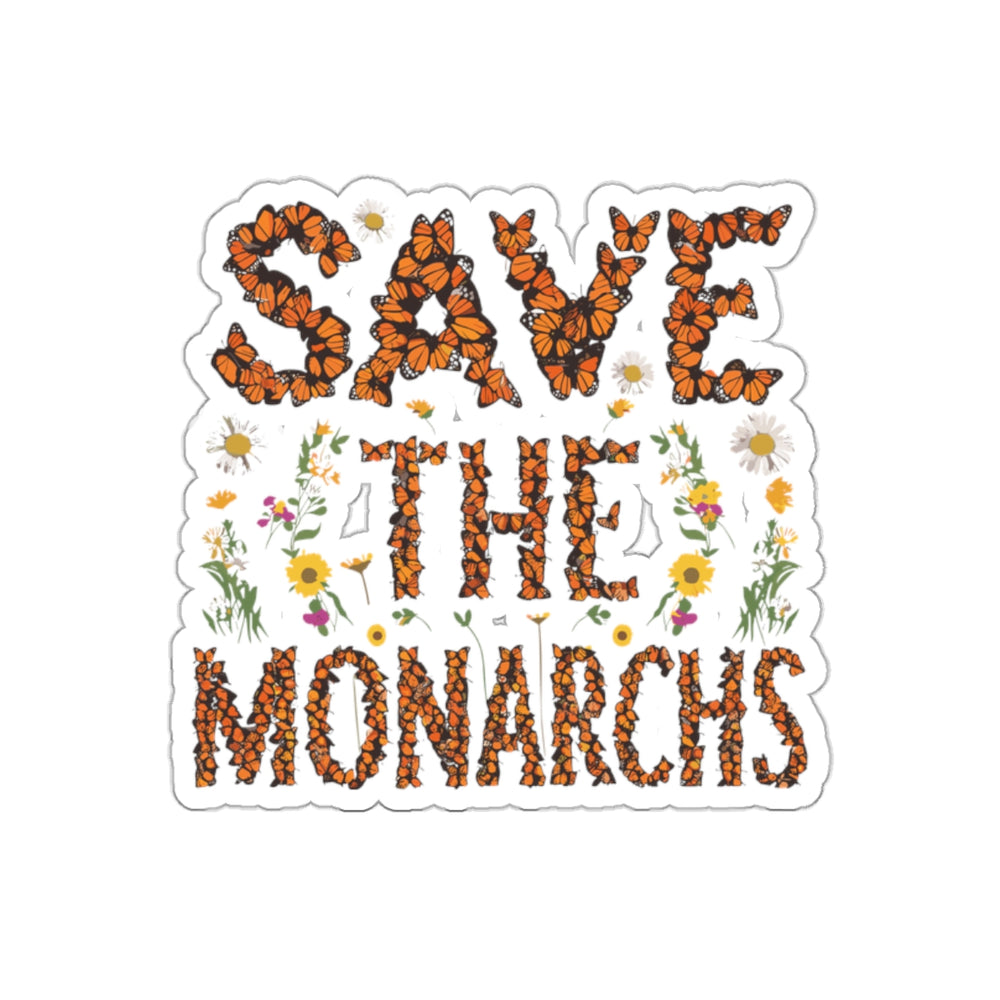
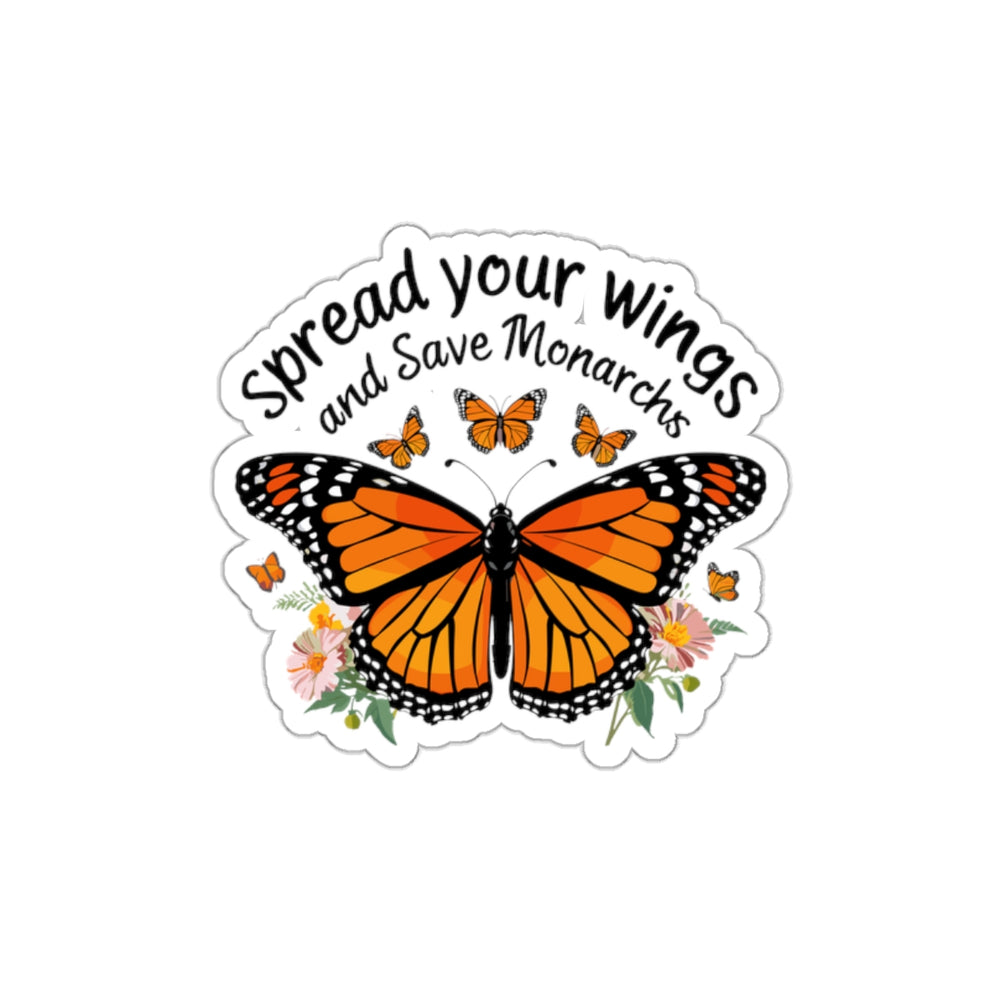
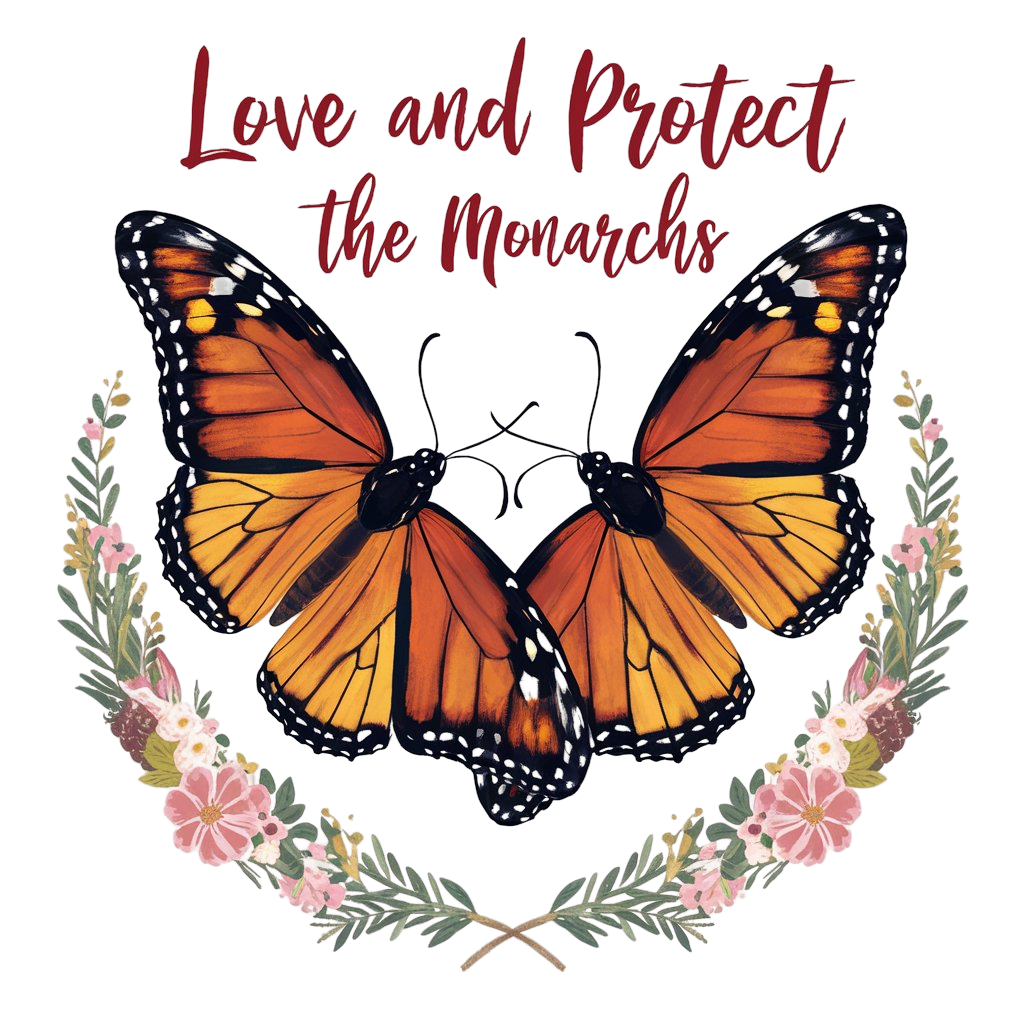
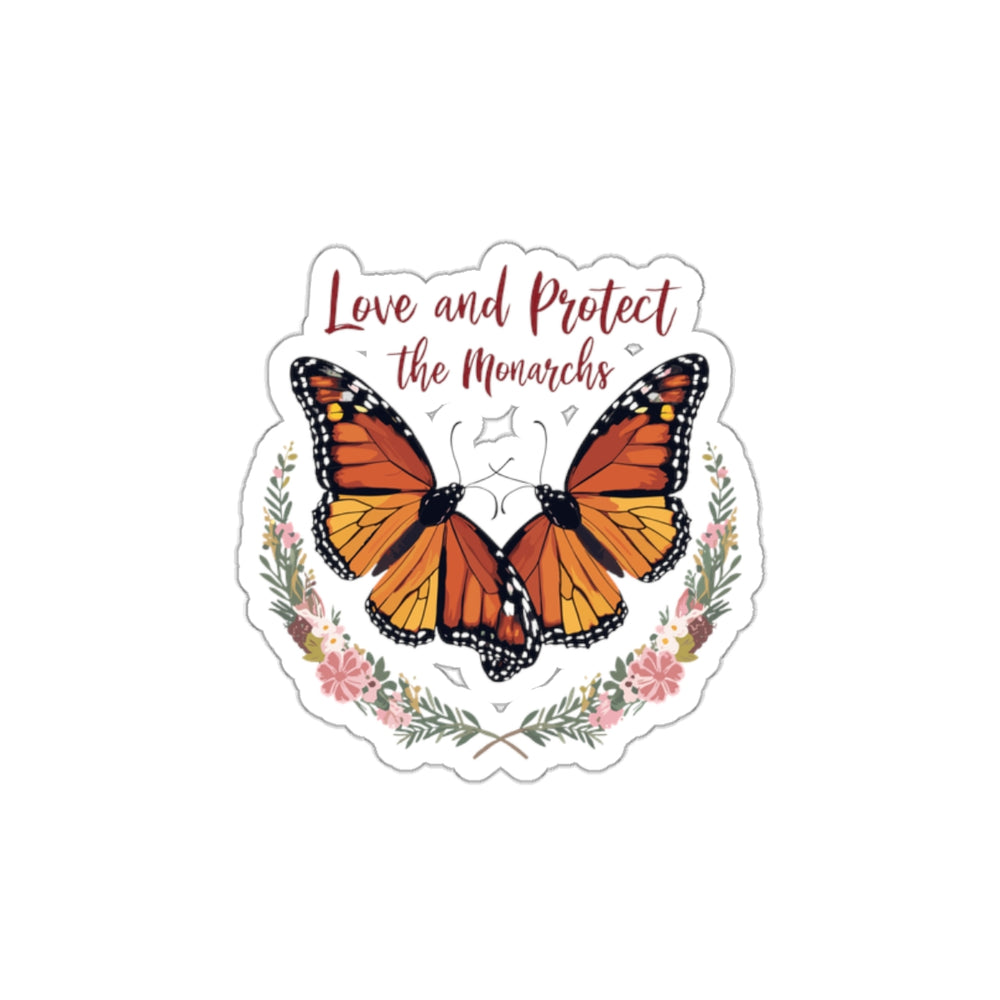
Leave a comment